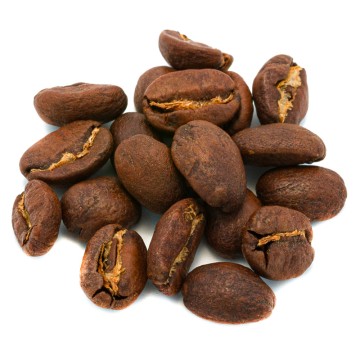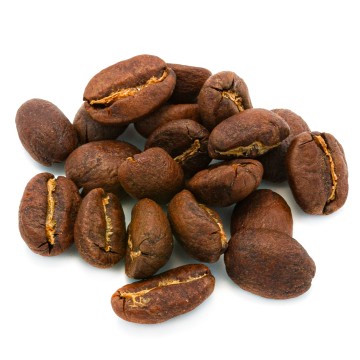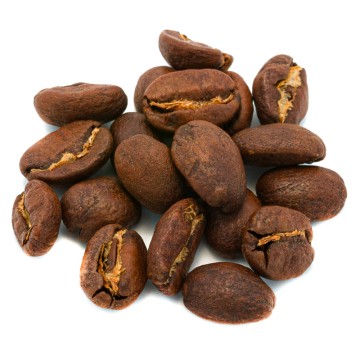In general, Indian coffees are characterized by a sweet flavor and low acidity. It being understood that we are talking about one of the world's largest producers and that it grows both arabica and robusta and therefore there is not just one type.
History of coffee production in India
Coffee arrived in India quite early at the end of 1600, therefore it was not imported by European colonizers, but it was the Europeans who worked to spread cultivation, first the Dutch helped to spread its cultivation throughout the country which was previously limited to the hills in the south of the country. But it was under British rule in the mid-1800s that commercial cultivation reached its full development. India currently competes for sixth place in the ranking of world coffee producers with Honduras. According to 2018 data, both countries produced 348,000 tonnes. In India, both arabica (obtained from the Coffea arabica plant) and robusta (obtained from Coffea canephora) are produced. Robusta represents 60% of production, 70% of production is exported. Indian coffee is marketed both with the method based on the size of the beans (probably a legacy of the British domination, in fact we find this type of classification in countries where coffee cultivation was introduced by the British rulers) and with a classification based on the method of processing. This second classification identifies three types: plantation coffees (washed method), cherry (natural method), parchment coffees (robusta processed with washed method). There is also a further processing method which is specific to India, it involves exposing the coffee beans to the monsoon winds by cramming them into warehouses which have a roof but no walls. The monsoon beans acquire a yellowish color and spicy notes, some of these coffees are highly appreciated and prized. The main coffee production areas in India are: the state of Kerala (southwestern India) from which almost a third of the total production comes and the famous Moonsooned Malabar; Tamil Nadu (south-eastern India) from which 10% of the production comes (both robusta and arabica); Karnataka (Western India just north of Kerala) this state contains the hills and mountains in the south of the country where coffee was first grown and today produces half of the entire national production (and 70% of robusta). Furthermore, there are small production areas in the northern and eastern regions where exclusively arabica is grown.
The quality of Indian coffee
We have already mentioned that the common characteristic of coffees from India is low acidity and a fairly sweet flavour. They also have a full body, this is probably also due to the cultivation method under a thick natural shade of most Indian coffees, this cultivation method brings various benefits including a slower maturation which leads the bean to be loaded with sugars. We have also said that a good part of the Indian coffee production is made up of robusta which is notoriously less valuable, however the varieties of robusta produced in India are among the most valuable in the world and are therefore perfect for certain blends, robusta in fact provides characteristics which have admirers, starting with the higher caffeine content. We mentioned moonsooned coffees and the fact that they are particularly sweet and spicy, the spicy notes are however well present in all the best coffee blends from India, in which we find notes of tropical fruit, but also of nut depending on the case. muscat, black pepper and cloves.



 No reward points for this product.
No reward points for this product.















